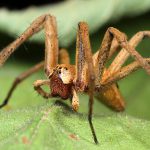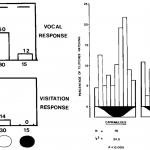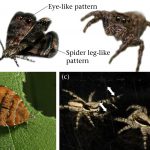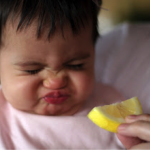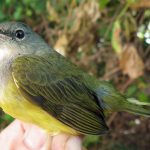This gallery contains 3 photos.
Nuptial gift giving has been investigated in a number of invertebrate species, most namely spiders. In this behavior, males present females with prey items in which females will often accept and feed on. While females feed on the prey, males … Continue reading

